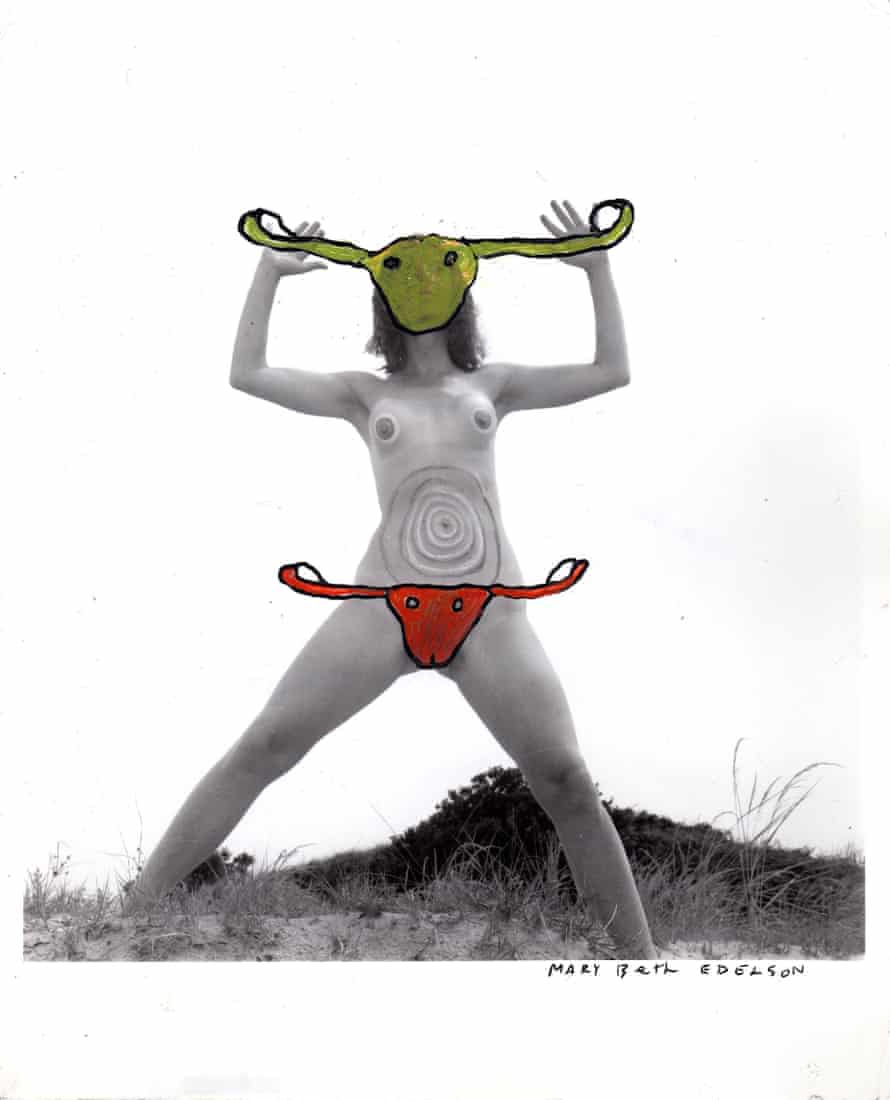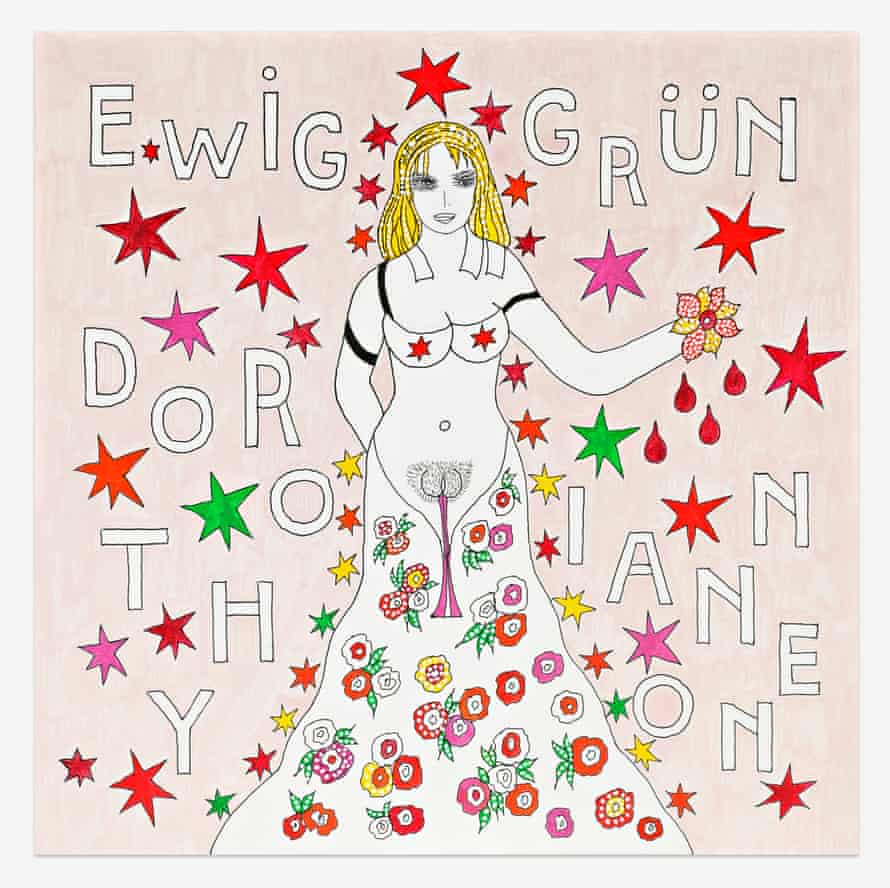 |
| A detail from The Story of Bern by Dorothy Iannone. |
Frieze frame: graphic sex and female sexuality under spotlight at art fair
London show will explore works by nine radical feminists whose creations were once considered too explicit to be shown
Tuesday 19 September 2017
Overlooked and rejected works from the 1970s and 80s depicting female sexuality, graphic sex and women as empowered objects of desire are to take centre stage at one of the world’s most important art fairs.
Frieze announced a special section for this year’s fair that will explore the output and legacy of nine radical feminist artists whose works were considered too explicit by many fellow artists, let alone galleries.

Victoria Siddall, the fair’s director, said Frieze prided itself on reflecting what contemporary art curators and museums are talking about. Last year it was exhibitions from the 90s; this year it is sex.
Sidall said much of the work was subversive and sexually explicit “and was therefore overlooked”. “Even the feminist museum retrospectives of the time did not really include this work. Often there wasn’t really a market for it,” she said.
“Interestingly some of the work was actually rejected by other feminists because of its sexual nature and its celebration of the female body.”
The Frieze show will include monumental and photo-realistic paintings of heterosexual intercourse by Betty Tompkins, works with self-explanatory titles such as Fuck Painting #5 (1972) – art so explicit that no gallery at the time would show them.
The other artists include Penny Slinger, who uses photographs and life casts of herself in order to own her sexuality; Renate Bertlmann, who uses fetishistic objects, including dildos and baby dummies, in work that confronts social stereotypes assigned to masculine and feminine; and the Polish avant-garde artist Natalia LL, who filmed young, attractive female models in poses that would not look out of place in a porn film.
The other artists featured are Mary Beth Edelson, Judith Bernstein, Dorothy Iannone, Birgit Jürgenssen and Marilyn Minter, who was rejected from an important 1994 show called Bad Girls at the New Museum in New York because of her pornographic source material.
Siddall said the display would be a celebration not just of the artists, but the galleries who were brave enough to support them. It will also be a commercial platform for works which had previously been difficult to sell.
The section is curated by Alison Gingeras who said the display would pay homage to artists who “transgressed sexual mores, gender norms and the tyranny of political correctness”.

She added: “The belated reception of these pioneering women has had a profound impact on many artists working today and resonate more than ever with the new feminisms that are taking shape in response to contemporary political realities.”
Gingeras, Bertlmann and Minter will also be part of a Frieze Talk panel discussing “alt-feminism”.
Frieze London is in its 15th edition and will host more than 160 galleries from 31 countries. One of the more eyecatching, ambitious gallery displays will be Hauser & Wirth – a recreation of a dusty, fictional regional museum showing bronze works borrowed from regional museums as well as bronze works by Louise Bourgeois, Paul McCarthy and Henry Moore.
The classicist Mary Beard is involved in the project and has bought bronze works from eBay for display. She will also be present.
A shortish walk away in Regent’s Park, north-west London, will be the sixth edition of Frieze Masters, which will have more than 130 dealers exhibiting and selling older art.
Siddall said organisers worked hard to make the fairs “unmissable” events. “There are many fairs and biennials in the world so it is really important that people keep coming to Frieze in London every year.”

Other strands will include a live performance by the Indian artist Neha Choksi. Her previous work includes Minds to Lose and Petting Zoo, for which she anaesthetised herself and four farm animals; and A Rehearsal for a Moment of Silence during which she stayed in mute isolation for a week. For Frieze, Choksi will gag herself while she talks, muffled, about politics for 15 minutes.


No comments:
Post a Comment